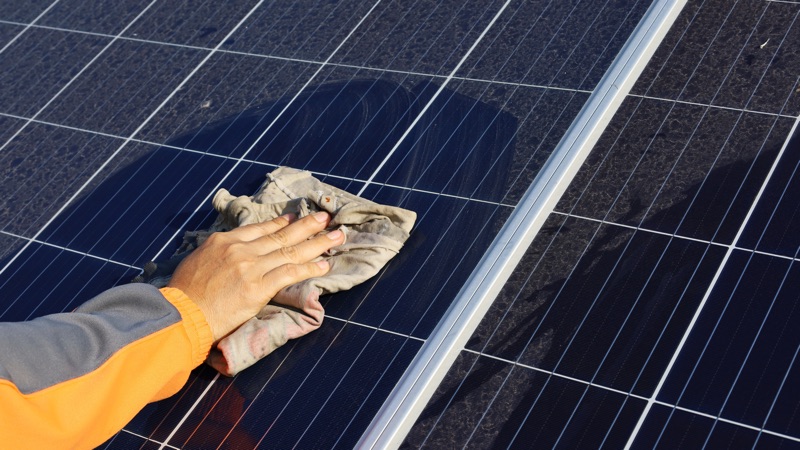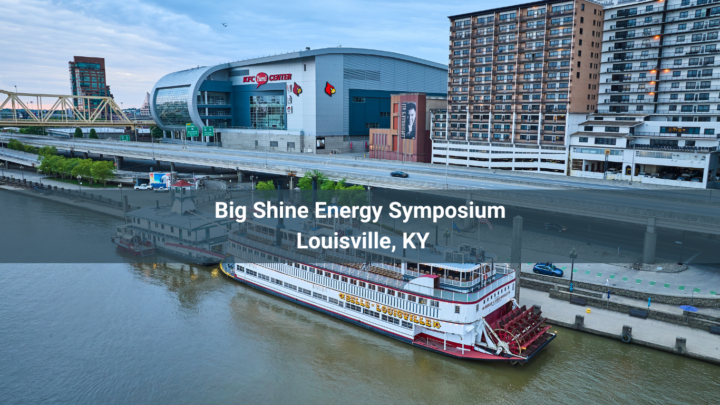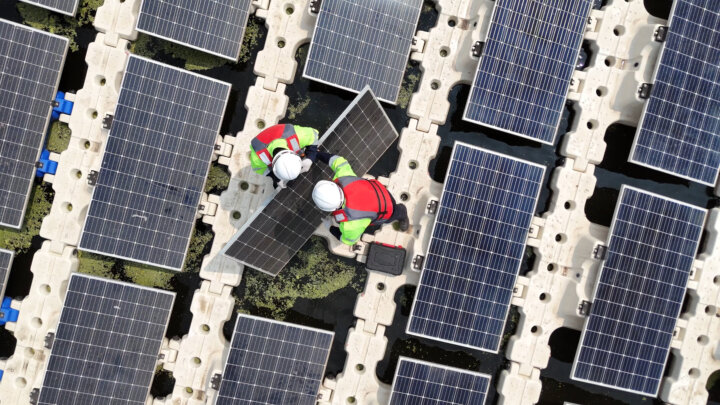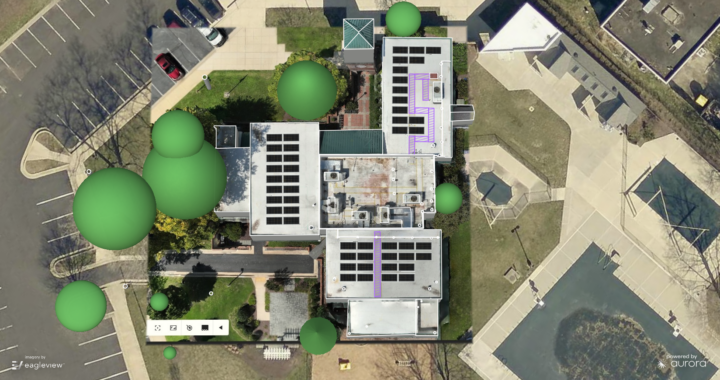Recommendations
NREL, the National Renewable Energy Laboratory, recommends regular cleaning of solar panels to maintain their optimal performance. The frequency of PV module cleaning depends on various factors, including the specific region where the panels are installed. In areas with high levels of dust, pollen, or other debris, more frequent cleaning may be necessary compared to regions with cleaner air.
Regular cleaning helps prevent the accumulation of dirt, dust, bird droppings, and other particles that can obstruct sunlight from reaching the solar cells. NREL suggests cleaning panels as needed to ensure their efficiency and maximize energy production. However, it’s important to note that excessive or aggressive cleaning methods can potentially damage the panels, so gentle cleaning techniques are recommended.
The impact of cleaning on the performance of solar panels can vary. In regions where dust or dirt accumulates rapidly, regular cleaning can significantly improve energy output. Studies have shown that dirty solar panels can experience a decrease in performance, with power losses ranging from a few percentage points to more significant reductions depending on the extent of soiling.
Ultimately, the frequency of cleaning and its impact on performance will depend on the local environmental conditions. There is no one solution fits all in this case.
Environmental Agencies
Several environmental agencies and organizations provide information about dust and pollen levels in different regions. Here are a few examples of reputable websites where you can find such data:
- Environmental Protection Agency (EPA): The EPA provides air quality information through their AirNow website (www.airnow.gov). It offers real-time air quality data for different locations, including pollen and particulate matter (dust) levels.
- National Allergy Bureau (NAB): The NAB, operated by the American Academy of Allergy, Asthma & Immunology (AAAAI), provides pollen and mold spore counts across the United States. You can access their pollen count reports on the AAAAI website (www.aaaai.org/nab).
Loss factors are taken into Account
At Big Shine, we understand the importance of accurately estimating PV production for our customers. In our calculations, we consider various factors that may affect the system’s performance, including dust and pollen-related losses. We account for a standard loss factor of 2% due to dust and pollen accumulation. However, we recognize that regional variations exist, and we offer the flexibility to adjust this factor accordingly based on the specific location of the PV system. We can work with you to develop an optimal cleaning schedule to ensure exceptional performance.
PV Module Cleaning Cost
On average, PV module cleaning services can range from $0.10 to $0.40 per watt or $2 to $8 per panel. However, it’s important to note that these figures are approximate and can vary significantly based on the factors mentioned earlier, as well as market conditions and the specific service provider.
